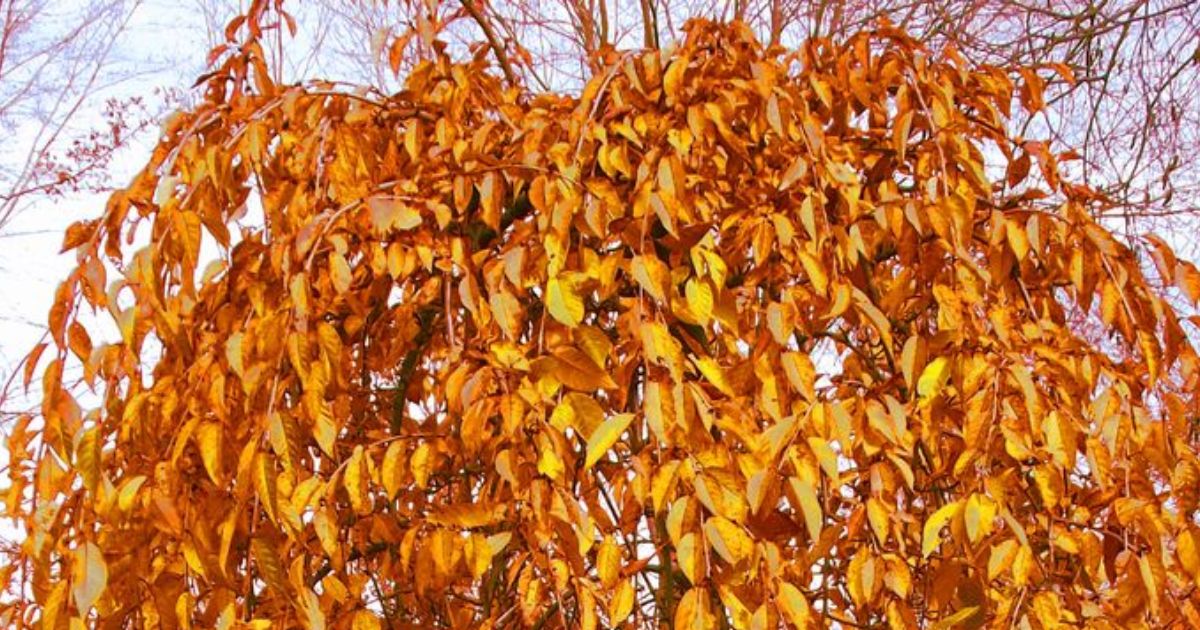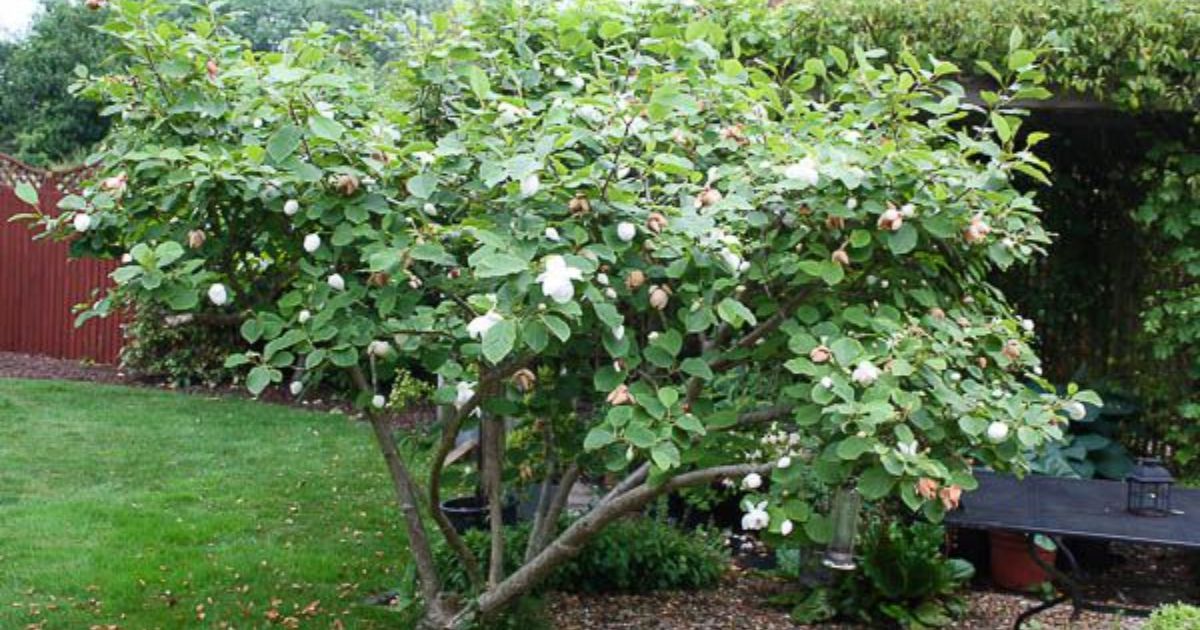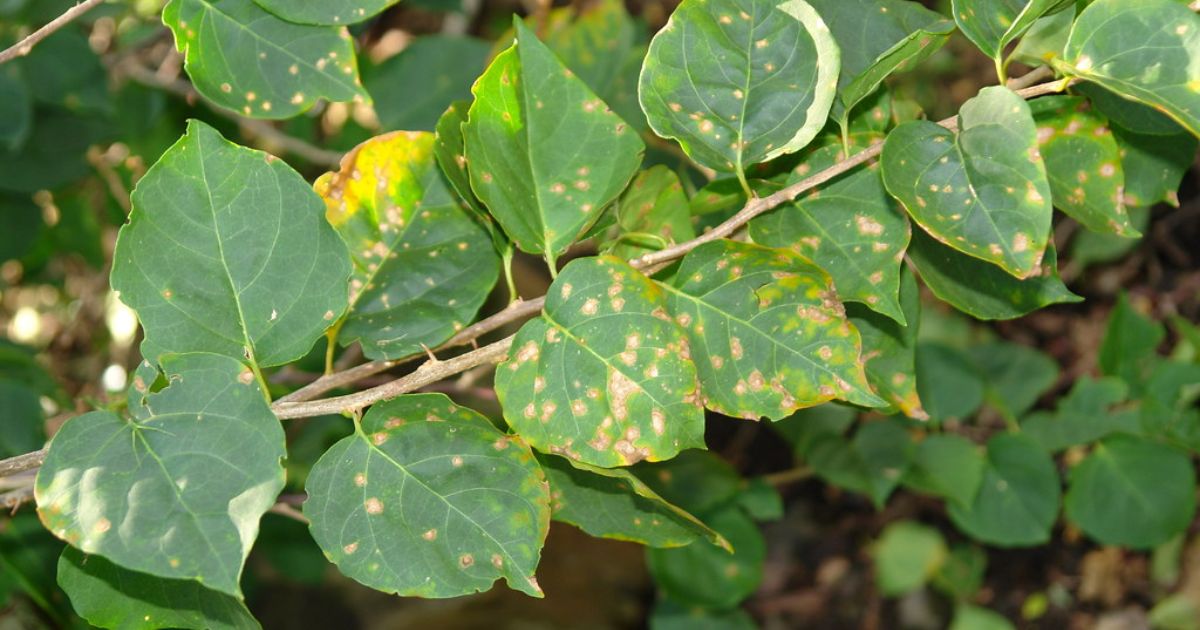A garden filled with vibrant colors can instantly lift your mood and transform your outdoor space into a serene retreat. Among all the hues, purple stands out for its elegance, charm, and ability to create a striking contrast with green foliage and other floral colors. If you’re looking to add long-lasting beauty and sophistication to your garden, perennials with purple flowers are the perfect choice.
In this guide, we’ll explore the Top 15 Stunning Perennials with Purple Flowers for a Vibrant Garden. From fragrant lavender to eye-catching alliums, these perennials not only provide season-after-season blooms but also attract pollinators like bees and butterflies. Regardless of your level of gardening experience, these purple flowering perennials can bring a splash of color and life to any garden corner.
Benefits of Growing Purple Perennials
Purple perennials are more than just beautiful additions to your garden—they offer a range of benefits that make them a gardener’s favorite. One of the most obvious advantages is how they enhance garden aesthetics with rich color. The deep, vibrant shades of purple create a striking visual contrast with green foliage and other flower colors, making your garden look lively and well-designed. Incorporating purple blooms can elevate the overall elegance of your outdoor space and add depth to your garden color palette.
Another key benefit is that purple perennials attract pollinators like bees and butterflies. Many purple flowering plants, such as lavender and salvia, are favorites among pollinators, helping to support a healthy ecosystem while ensuring your garden thrives year after year.
In addition to their beauty, purple perennials are often low-maintenance, providing long-lasting charm for years. Once established, many of these Because they need less maintenance, plants are ideal for gardeners who wish to a colorful, flourishing garden without spending excessive time on upkeep.
Finally, purple perennials are highly versatile and can complement other flower colors in mixed gardens. Pairing them with yellows, whites, or pinks can create stunning contrasts and harmonious color combinations, allowing you to experiment with different garden designs. Whether you’re planting borders, containers, or large garden beds, purple flowered plants add both sophistication and vibrancy.
3. Top 15 Perennials with Purple Flowers
Top 15 Perennials with Purple Flowers
1. Lavender (Lavandula angustifolia)
- Description: Lavender features spikes of fragrant, light purple flowers and silvery-green foliage, offering a classic, elegant look.
- Growing Conditions: Full sun, well-drained soil, low to moderate water needs.
- Bloom Time: Late spring to early summer.
- Special Features: Fragrant blooms, attracts bees and butterflies, drought-tolerant.
- Tips for Garden Use: Perfect for borders, herb gardens, or rock gardens. Pairs beautifully with small purple flowering shrubs or yellow blooms for contrast.
2. Salvia (Salvia nemorosa)
- Description: Produces tall spikes of vibrant purple flowers, adding vertical structure and color to any garden.
- Growing Conditions: Full sun, fertile well-drained soil, moderate watering.
- Bloom Time: Late spring to early autumn.
- Special Features: Long-blooming, attracts pollinators, deer-resistant.
- Tips for Garden Use: Use as a centerpiece in perennial beds or alongside small purple flowering shrubs to create a layered effect.
3. Catmint (Nepeta x faassenii)
- Description: A hardy perennial with soft, light purple flower clusters atop gray-green foliage.
- Growing Conditions: Low water needs, well-drained soil, and full sun to light shade.
- Bloom Time: Late spring to early summer.
- Special Features: Deer-resistant, attracts bees, low-maintenance.
- Tips for Garden Use: Ideal for borders, pathways, or cottage garden styles. Works well combined with other purple flowered plants for cohesive color schemes.
4. Russian Sage (Perovskia atriplicifolia)
- Description: Tall, airy spikes of light purple flowers atop silvery stems create a striking effect in perennial gardens.
- Growing Conditions: Full sun, well-drained soil, drought-tolerant.
- Bloom Time: Mid-summer to early fall.
- Special Features: Fragrant foliage, attracts pollinators, drought-resistant.
- Tips for Garden Use: Best at the back of borders or in open sunny spaces to show off its airy structure.
5. Allium (Allium giganteum)
- Description: Globe-shaped blooms in bold purple shades, perfect for dramatic garden accents.
- Growing Conditions: Full sun, fertile well-drained soil, moderate watering.
- Bloom Time: Late spring to early summer.
- Special Features: Deer-resistant, architectural appeal, attracts pollinators.
- Tips for Garden Use: Plant in clusters for maximum impact or at the front of borders for contrast with green foliage.
6. Balloon Flower (Platycodon grandiflorus)
- Description: Bell-shaped, light purple flowers that resemble balloons before fully opening.
- Growing Conditions: Moderate watering, well-drained soil, and full sun to light shade.
- Bloom Time: Summer to early fall.
- Special Features: Low-maintenance, attracts pollinators.
- Tips for Garden Use: Excellent for borders, rock gardens, or container planting.
7. Veronica (Veronica spicata)
- Description: Upright spikes of deep purple flowers, adding vertical interest to perennial beds.
- Growing Conditions: Full sun, fertile, well-drained soil, moderate watering.
- Bloom Time: Late spring to summer.
- Special Features: Attracts bees and butterflies, deer-resistant.
- Tips for Garden Use: Combine with light purple flower perennials for a layered look or use as filler in flower beds.
8. Campanula (Campanula carpatica)
- Description: Low-growing perennial with bell-shaped purple flowers, perfect for ground cover or rock gardens.
- Growing Conditions: Wet, well-drained soil that receives full sun to light shade.
- Bloom Time: Late spring to summer.
- Special Features: Hardy, attracts pollinators.
- Tips for Garden Use: Plant along pathways or garden edges for color and charm.
9. Hosta (Purple-flowering varieties)
- Description: Shade-loving perennial with broad green leaves and delicate purple blooms.
- Growing Conditions: Partial to full shade, rich, moist soil.
- Bloom Time: Summer.
- Special Features: Low-maintenance, thrives in shaded areas, deer-resistant.
- Tips for Garden Use: Ideal for shaded borders or under trees; pairs well with small purple flowering shrubs.
10. Ajuga (Ajuga reptans)
- Description: Ground-cover perennial with spikes of light purple flowers over dark foliage.
- Growing Conditions: Partial shade, moist, well-drained soil.
- Bloom Time: Spring to early summer.
- Special Features: Spreads quickly, attracts pollinators.
- Tips for Garden Use: Perfect as a ground cover or to fill gaps between larger plants.
11. Monarda (Monarda didyma) – purple variants
- Description: Fragrant, showy purple blooms that resemble a pom-pom, attracting pollinators.
- Growing Conditions: Full sun, rich, moist soil, regular watering.
- Bloom Time: Mid to late summer.
- Special Features: Attracts bees, butterflies, and hummingbirds.
- Tips for Garden Use: Plant in pollinator gardens or near patios for color and fragrance.
12. Clematis (Clematis viticella) – perennial vine
- Description: Climbing vine with clusters of small to medium deep purple flowers.
- Growing Conditions: Full sun for blooms, well-drained soil, moderate water.
- Bloom Time: Summer to early fall.
- Special Features: Attracts pollinators, versatile climber.
- Tips for Garden Use: Grow on trellises, fences, or arbors; combine with green foliage plants to highlight blooms.
13. Aster (Aster spp.)
- Description: Daisy-like blooms in purple shades, adding late-season color to gardens.
- Growing Conditions: Full sun, fertile, well-drained soil, moderate watering.
- Bloom Time: Late summer to fall.
- Special Features: Attracts butterflies, hardy perennial.
- Tips for Garden Use: Excellent for borders, cottage gardens, or pollinator-friendly areas.
14. Echinacea (Echinacea purpurea)
- Description: Cone-shaped, deep purple flowers with prominent orange centers, striking and long-lasting.
- Growing Conditions: Full sun, well-drained soil, drought-tolerant.
- Bloom Time: Summer to early fall.
- Special Features: Attracts butterflies, deer-resistant, medicinal properties.
- Tips for Garden Use: Use in perennial beds, pollinator gardens, or naturalized areas.
15. Verbena (Verbena bonariensis)
- Description: Tall, airy stems topped with clusters of small purple flowers.
- Growing Conditions: Full sun, well-drained soil, moderate water.
- Bloom Time: Summer to frost.
- Special Features: Long-blooming, attracts butterflies, low-maintenance.
- Tips for Garden Use: Ideal for mixed borders, cottage gardens, or pollinator-friendly areas.
4. Tips for Planting and Maintaining Purple Perennials (150–200 words)
Tips for Planting and Maintaining Purple Perennials
Growing a vibrant garden full of plants with purple flowers requires more than just choosing the right perennials—it’s also about proper care and maintenance. Here are some essential tips to help your purple blooms thrive.
1. Spacing and Companion Planting
Ensure proper spacing between your perennials to allow air circulation and reduce competition for nutrients. Pair spiky purple flowers like Salvia or Veronica with complementary plants, such as yellow or white blooms, to create visually appealing color contrasts. Companion planting also encourages healthier growth and can naturally deter pests.
2. Soil Enrichment and Watering Schedule
Purple perennials flourish in fertile, well-drained soil. Enrich your garden beds with organic compost or well-rotted manure before planting. Maintain a consistent watering schedule—most perennials prefer deep watering once or twice a week rather than frequent shallow watering. Adjust watering depending on weather and soil type to prevent root rot.
3. Deadheading for Prolonged Bloom
Remove faded flowers regularly to encourage new growth and extend the blooming period. Deadheading light purple flowers like Catmint or Balloon Flower helps the plant focus energy on producing more vibrant blossoms instead of seed production.
4. Mulching for Moisture Retention
Apply mulch at the plant’s base your perennials to conserve soil moisture, regulate temperature, and reduce weed growth. Long-term plant health is supported by organic mulch, such as compost or shredded bark, which also progressively enriches the soil as it breaks down.
5. Pest and Disease Management
Monitor your garden for common pests like aphids, slugs, or snails that can damage purple flowering perennials. Remove affected foliage promptly and consider using natural remedies or companion planting to deter pests. Proper spacing, clean pruning, and good soil drainage also prevent fungal diseases, keeping your plants healthy and vibrant.
Following these purple flower garden tips ensures that your perennial garden not only looks stunning but also thrives year after year. Consistent perennial plant maintenance makes caring for spiky purple flowers and other blooms much easier, allowing you to enjoy a colorful, low-maintenance garden.
5. Design Ideas Using Purple Perennials (100–150 words)
Design Ideas Using Purple Perennials
Purple perennials can transform any garden into a vibrant and visually appealing space when used thoughtfully. One of the most effective ways to showcase tiny purple flowers or small purple flowers on a bush is by creating color harmony. Pairing purple blooms with complementary colors such as yellow or white can make your garden pop, providing an attention-grabbing contrast and highlights each plant’s beauty.
For layout ideas, consider using purple perennials for borders, centerpieces, or cottage garden styles. Low-growing plants like Campanula or Ajuga make excellent border choices, while taller perennials such as Salvia or Allium work well as centerpieces to add height and drama. In cottage-style gardens, layering different types of purple blooms with other colorful perennials creates a natural, whimsical feel.
Another key design tip is to combine different heights for visual interest. Mix spiky purple flowers like Veronica with rounder, bushy blooms such as Echinacea or Monarda. This variation adds depth and dimension to garden beds, ensuring your purple perennials stand out from multiple angles.
For an extra touch, consider including visual examples such as diagrams, planting sketches, or photographs to guide placement and inspire gardeners. Visual cues help demonstrate how tiny purple flowers or small purple flowering shrubs can be effectively arranged for maximum aesthetic impact.
By following these design strategies, you can make your purple perennial garden not only colorful but also thoughtfully structured, inviting, and full of life.
6. Conclusion
Conclusion
Purple perennials are more than just beautiful—they bring elegance, color, and life to any garden. From flowering bushes with purple flowers to delicate flowers with purple flowers and low-maintenance plants with purple flower, these perennials enhance your garden’s aesthetics, attract pollinators, and provide long-lasting charm year after year.
Whether you choose fragrant lavender, spiky Salvia, or showy Echinacea, incorporating these plants can transform ordinary garden spaces into vibrant, inviting landscapes. With their versatility and enduring beauty, purple perennials are perfect for borders, centerpieces, cottage gardens, and mixed beds.
Transform your garden with these stunning purple perennials and enjoy vibrant blooms season after season! Start planting today and experience the timeless charm and rich color that only perennials with purple flowers can provide.
FAQs:
1. What are the easiest purple perennials to grow?
Some of the easiest purple perennials include Lavender (Lavandula angustifolia), Catmint (Nepeta x faassenii), and Salvia (Salvia nemorosa). These plants are low-maintenance, drought-tolerant, and thrive in most garden soils.
2. Which purple perennials attract butterflies and bees?
Lavender, Monarda, Echinacea, and Russian Sage are excellent for attracting pollinators. These flowers with purple flowers provide nectar for bees, butterflies, and hummingbirds, supporting a healthy garden ecosystem.
3. Can purple perennials grow in partial shade?
Yes! Hosta (purple-flowering varieties), Ajuga, and Campanula can tolerate partial to full shade, making them perfect for shaded garden corners or under trees.
4. How long do perennials with purple flowers bloom?
Bloom time varies by species, but many purple perennials, like Salvia, Veronica, and Lavender, bloom from late spring through early fall. Regular deadheading can extend their flowering period.
5. Are purple flowering bushes suitable for small gardens?
Absolutely! Small purple flowering shrubs and flowering bushes with purple flowers like Balloon Flower, Ajuga, or compact Clematis varieties are perfect for borders, containers, or small garden spaces.




